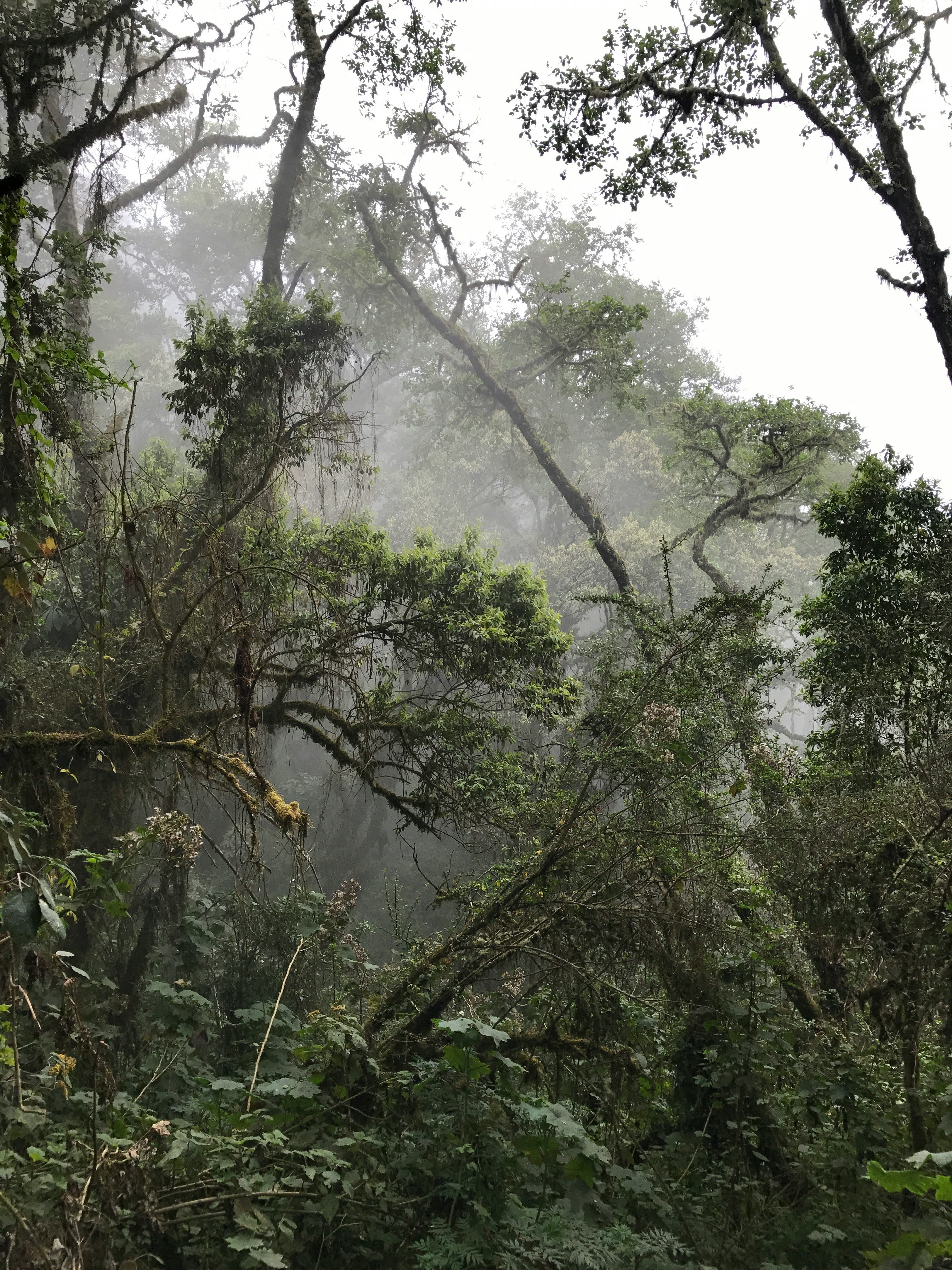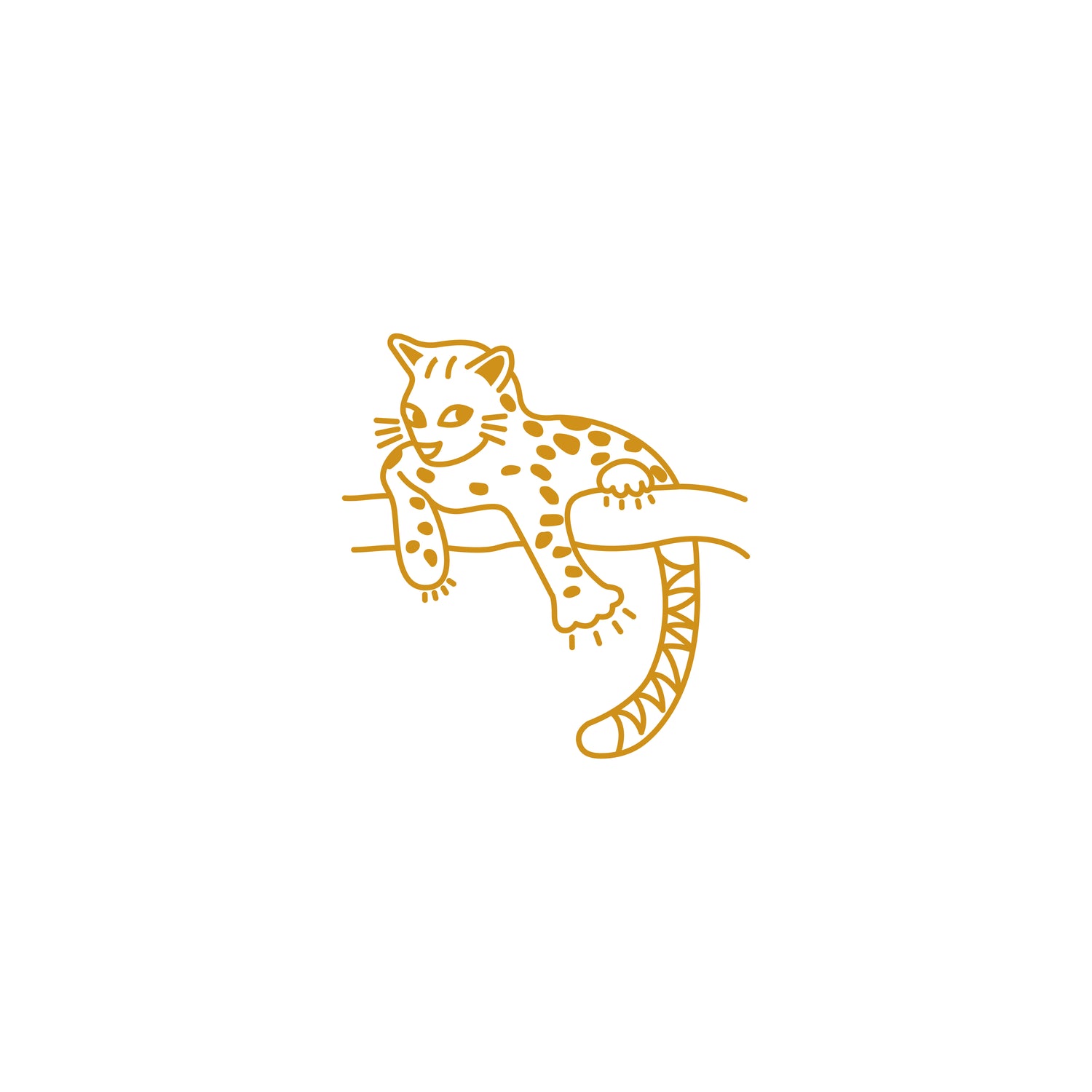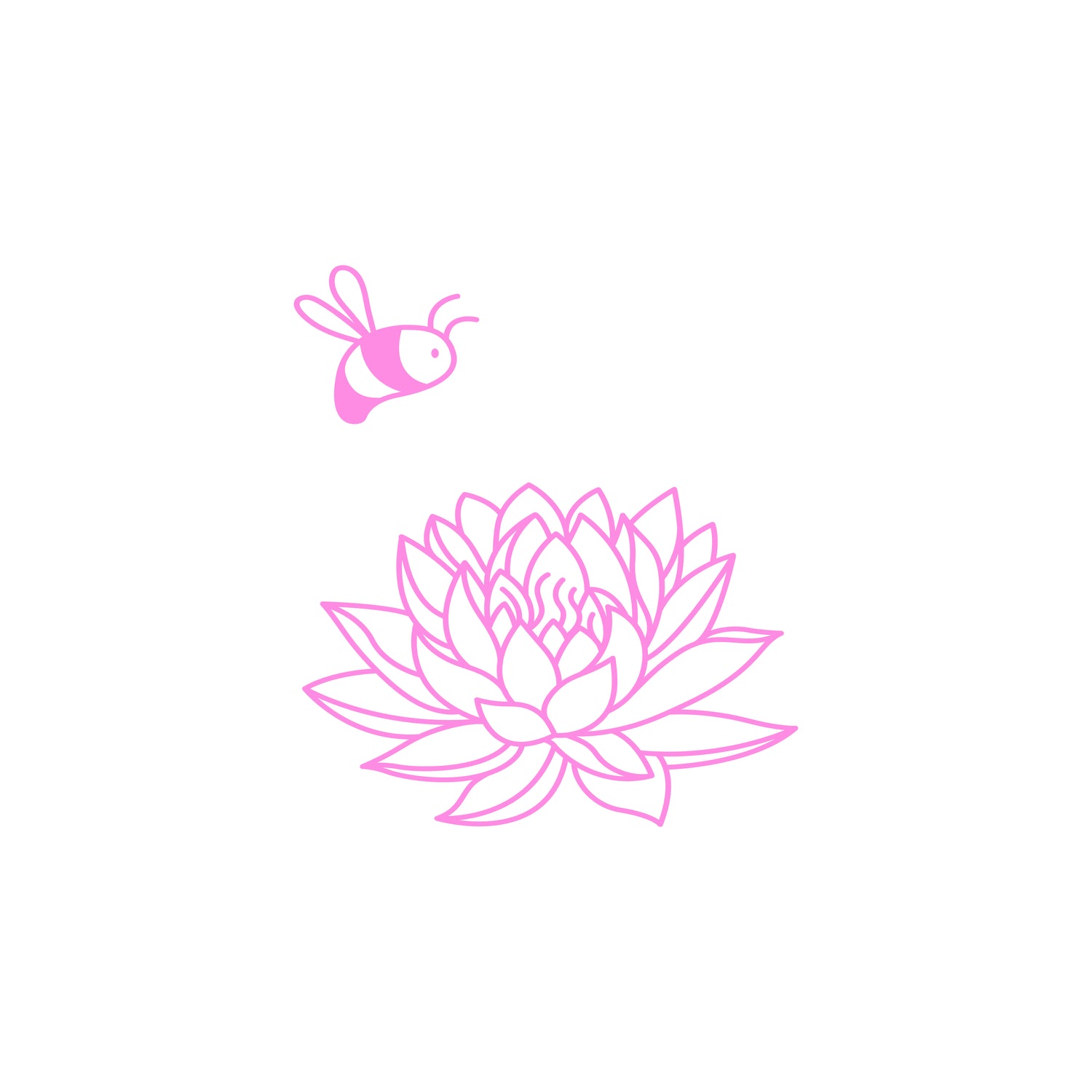
Mayan Rainforest
The Maya Rainforest is a valuable refuge of biodiversity that spans Mexico, Belize, Guatemala and Honduras. Its ecological richness and beauty make it a crucial home for many unique species. However, the Maya Rainforest faces serious threats. Deforestation caused by agricultural expansion, cattle ranching and logging is reducing its size and altering its habitats and threatening local fauna. Our Maya Rainforest collection highlights three lesser-known but equally important species from this rainforest.

LEOPARDUS WIEIDII- THE MARGAY, THE TIGRILLO
Discover the Margay, the Elusive Cat of the Jungle!
The margay is a small feline that lives in the jungles of Central and South America. Although it looks similar to a domestic cat, it is incredibly agile and loves to climb trees! Its yellow fur with black spots helps it camouflage itself among the leaves and branches, making it very difficult to see. The margay is a nocturnal hunter that moves stealthily through the jungle, looking for small animals.
But despite being so clever, the margay faces dangers. Deforestation, which destroys its jungle home, and the illegal animal trade are threatening its survival. That's why it's important to protect its habitat so that this elusive cat can continue to live happily in the jungle.

Chestnut-bellied Woodpecker
The Skillful Forest Builder
The chestnut-bellied woodpecker is a remarkable species that inhabits the forests of Central and South America. With its distinctive brown and white plumage and robust beak, it is known for its ability to peck at tree trunks, searching for insects and creating nests in the wood. This bird plays an important role in the ecosystem by helping to control insect populations and contributing to the health of forests.
However, the chestnut-bellied woodpecker faces serious challenges. Deforestation and the destruction of its natural habitat threaten its survival, as does the illegal animal trade. Conserving its forests is essential to ensure that this bird continues to play its vital role in the ecosystem.

Melipona Becheii - Xunan Kab
The Stingless Bee of the Mayan Forest
Melipona beecheii is one of the emblematic species of the group of stingless bees, having been managed since pre-Hispanic times by the Mayans, under the name Xunankab .
The bee Melipona becheii plays a crucial role in the pollination of plants in its region. Despite being less known than other bee species, its contribution is vital to the fertility of flora and the health of the ecosystem. Its pollinating activity helps sustain both natural ecosystems and agricultural activities, underlining the importance of preserving its habitat to ensure ecological stability.
